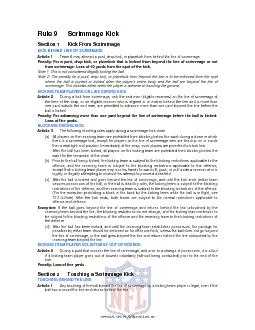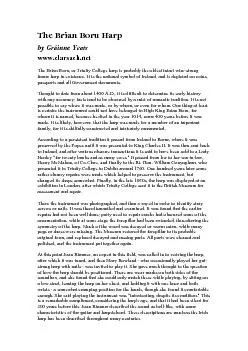PPT-Mike Mumper & Brian Kick
Author : eatsyouc | Published Date : 2020-08-27
2 Company Background Gexa Energy NextEra Energy Services Parent company is NextEra Energy Inc largest sustainable energy provider in the world Over 1000000 customers
Presentation Embed Code
Download Presentation
Download Presentation The PPT/PDF document "Mike Mumper & Brian Kick" is the property of its rightful owner. Permission is granted to download and print the materials on this website for personal, non-commercial use only, and to display it on your personal computer provided you do not modify the materials and that you retain all copyright notices contained in the materials. By downloading content from our website, you accept the terms of this agreement.
Mike Mumper & Brian Kick: Transcript
Download Rules Of Document
"Mike Mumper & Brian Kick"The content belongs to its owner. You may download and print it for personal use, without modification, and keep all copyright notices. By downloading, you agree to these terms.
Related Documents














